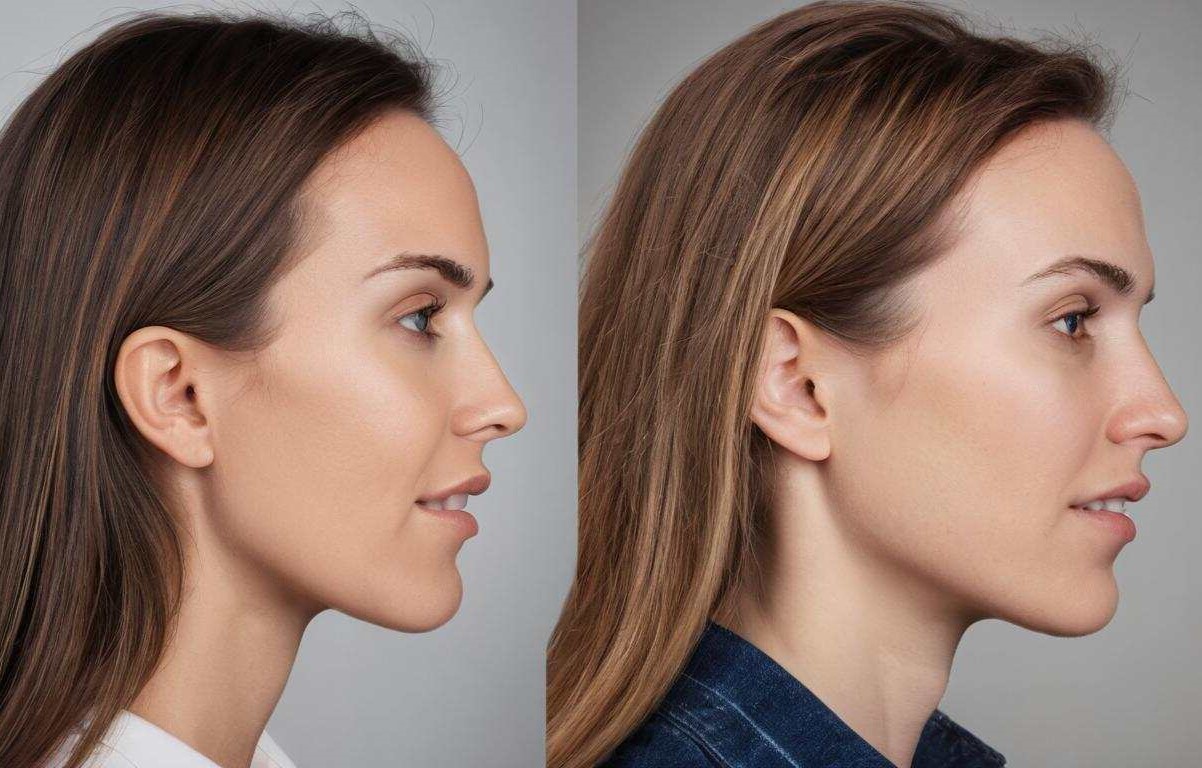
Mewing has become a buzzword in recent years, but what exactly is it? Mewing is a technique involving proper tongue posture, which some believe can reshape the face and improve overall oral health. Named after Dr. John Mew, this practice has gained popularity through social media and various online communities. People claim it can enhance jawline definition, correct bite issues, and even improve breathing. But does it really work? In this blog post, we'll explore 25 intriguing facts about mewing to help you understand its origins, benefits, and potential drawbacks. Get ready to dive into the world of mewing and see if it’s worth the hype!
Key Takeaways:
- Mewing is a technique involving tongue posture to improve facial structure and oral health. It's a long-term, free practice with potential benefits like improved symmetry and jaw pain relief.
- Scientific evidence on mewing is limited, and skepticism exists. While anecdotal evidence is strong, more research is needed to fully understand its potential benefits.
What is Mewing?
Mewing is a technique that involves proper tongue posture to improve facial structure and overall oral health. Developed by Dr. John Mew, this practice has gained popularity for its potential benefits.
-
Mewing involves placing the tongue on the roof of the mouth. This position is believed to help shape the jawline and improve facial symmetry over time.
-
Dr. John Mew, an orthodontist, created the concept. He theorized that proper tongue posture could influence facial development, especially in children.
-
Mewing can potentially improve breathing. By keeping the tongue in the correct position, it may help open the airway and reduce issues like snoring.
-
It’s a long-term practice. Results from mewing are not immediate and can take months or even years to become noticeable.
-
Mewing is free and can be done anywhere. Unlike other orthodontic treatments, it doesn’t require any special equipment or professional supervision.
Benefits of Mewing
Many people practice mewing for its potential health and aesthetic benefits. Here are some of the key advantages.
-
Improved facial symmetry is a common goal. Many believe that mewing can help balance facial features, making them more symmetrical.
-
It may help with jaw pain. Proper tongue posture can alleviate tension in the jaw muscles, reducing discomfort.
-
Mewing can enhance your profile. Over time, it might lead to a more defined jawline and chin.
-
It promotes better oral posture. Keeping the tongue on the roof of the mouth can encourage better habits, like proper swallowing and breathing.
-
Some claim it helps with speech issues. Proper tongue placement can potentially improve articulation and clarity in speech.
How to Practice Mewing
Learning the correct technique is crucial for effective mewing. Here’s how to get started.
-
Place the entire tongue on the roof of your mouth. Ensure that the back of the tongue is also in contact with the palate.
-
Keep your teeth lightly touching. Your teeth should be close together but not clenched.
-
Close your lips gently. Avoid pressing them together too hard.
-
Breathe through your nose. Nasal breathing is an essential part of mewing.
-
Maintain good posture. Keep your head up and shoulders back to support proper tongue placement.
Common Misconceptions About Mewing
There are several myths surrounding mewing. Let’s clear up some of the most common ones.
-
Mewing is not a quick fix. It requires consistent practice over a long period to see results.
-
It’s not a substitute for orthodontic treatment. While mewing can complement other treatments, it shouldn’t replace professional care.
-
Mewing alone won’t drastically change your appearance. Genetics and other factors also play significant roles in facial development.
-
Everyone’s results will vary. Individual differences mean that not everyone will experience the same benefits.
-
Mewing is not just for kids. Adults can also practice mewing, although changes might be less dramatic.
Scientific Evidence and Skepticism
The scientific community has mixed opinions on mewing. Here’s what you need to know.
-
Limited scientific studies support mewing. Most evidence is anecdotal, with few rigorous scientific studies backing the practice.
-
Some experts are skeptical. Many orthodontists and dentists question the effectiveness of mewing, citing a lack of concrete evidence.
-
More research is needed. To fully understand the potential benefits and limitations of mewing, further studies are necessary.
-
Anecdotal evidence is strong. Despite the lack of scientific backing, many individuals report positive changes from mewing.
-
It’s a growing trend. As more people share their experiences online, interest in mewing continues to rise.
The Final Word on Mewing
Mewing has captured attention for its potential benefits in facial structure and overall health. While mewing might seem like a simple technique, it requires consistency and proper form. Many people have reported positive changes, but it's essential to remember that results can vary. Patience is key; changes won't happen overnight.
If you're considering mewing, consult with a professional to ensure you're doing it correctly. This practice isn't a quick fix but a long-term commitment. Keep realistic expectations and stay informed about any new research or developments.
Incorporating mewing into your daily routine could be a step toward better oral posture and improved facial aesthetics. Give it a try, stay consistent, and see if it works for you.
Frequently Asked Questions
Was this page helpful?
Our commitment to delivering trustworthy and engaging content is at the heart of what we do. Each fact on our site is contributed by real users like you, bringing a wealth of diverse insights and information. To ensure the highest standards of accuracy and reliability, our dedicated editors meticulously review each submission. This process guarantees that the facts we share are not only fascinating but also credible. Trust in our commitment to quality and authenticity as you explore and learn with us.
